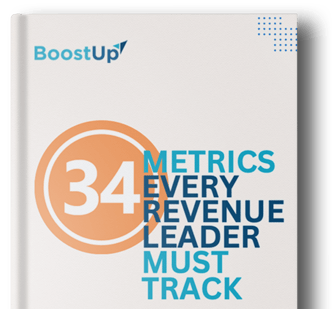Metric 3: Rep Productivity Waterfall
{color=#FFFFFF, opacity=100, rgba=rgba(255, 255, 255, 1), rgb=rgb(255, 255, 255), hex=#FFFFFF, css=#FFFFFF}
This metric focuses on assessing the productivity of sales representatives. It involves creating models that estimate how much revenue a representative can deliver over a specific period. These models take into account variables like tenure, hiring quarter, and segment, allowing for granular predictions.
The rep productivity metric helps in setting realistic expectations and targets for sales reps. By integrating data on pipeline, conversion rates, seasonality, and rep attrition, companies can create comprehensive models for assessing and optimizing sales team productivity.











